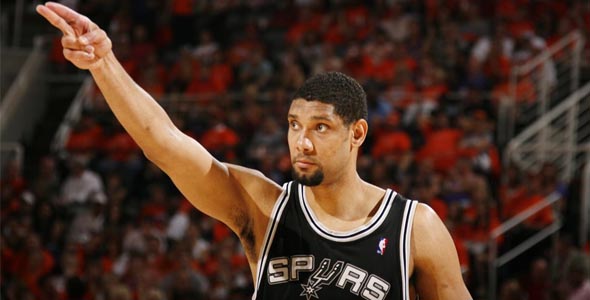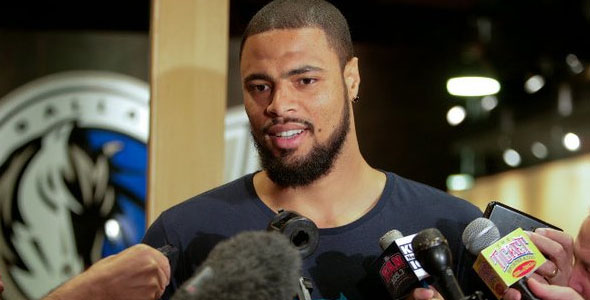
Michael Pina has a BA in English with a concentration in Journalism from the University of Delaware. He is currently living in his hometown of Boston.
The biggest trend in the free agency period so far has been the acquisition of veteran poise and dependability by contending teams looking to either get over the hump or temporarily stay on top.
The Cleveland Cavaliers traded for a 37-year-old Shaquille O’ Neal. Orlando traded for a 32-year-old Vince Carter to replace a mildly younger Hedo Turkoglu. The Los Angeles Lakers opted to sign Ron Artest, who turns 30 next November, instead of the 24-year-old Trevor Ariza who they let go to a conference rival. And lastly the Boston Celtics just added the 34-year-old Rasheed Wallace to possibly replace Glen Davis who is ten years younger.
The San Antonio Spurs, still the NBA’s model franchise, on the other hand, have decided to go another route. They made a move that certainly doesn’t include the grandest name, but deciding to add Richard Jefferson next season should pay dividends come playoff time when a well rested Tim Duncan along with Tony Parker and a healthy Manu Ginobili get back to their brand of winning basketball.
Spurs General Manager RC Buford made the decision to rid the organization of former defensive stalwart Bruce Bowen along with fellow veterans Kurt Thomas and Fabricio Oberto (a combined 107 years on this earth) in a trade that signified the modification of an era. Jefferson joins a Spurs team where he will most likely be a third or fourth offensive option, which is really the best position for him to excel. Along with the former Arizona Wildcat, San Antonio remains loaded with capable outside shooters in Matt Bonner, Roger Mason, Michael Finley and George Hill.
Taking a look at their roster that also includes the nearly immovable DeJuan Blair, the best value pick in the 2009 draft, the Spurs should be the top team out of the west in 2010.
As they head into next year with no point guard and Ron Artest instead of Trevor Ariza (a system player who was hyped up to be a Scottie Pippen carbon copy by the national media, but actually ended up being Los Angeles’s third most important player in the playoffs) the Lakers are not an obvious choice to repeat. In the past ten years a championship team has never benefited more from opposing team’s health issues than the 2009 Lakers. Whether indirectly from Kevin Garnett and Manu Ginobili or directly against Yao Ming and Jameer Nelson, who crippled his team by returning to the rotation, Los Angeles is by no means the best team in the NBA and certainly not about to go on a three peat title run like they did ten years ago.
This leaves the Spurs, a team that’s been overlooked more times than the nutritional facts on a Big Mac box. It looked as though the Tim Duncan era was quickly and quietly snuffed out by long time rival Dallas in this year’s first round, but in making this trade, San Antonio once again shows why they’re one of the most consistently successful sports franchises in America. Team brass has realized that while their big three gets older, it doesn’t mean the role players around them should too. The Spurs have the best coach in the NBA, the league’s most dynamic offensive player off the bench, a top six point guard and a tight rotation that orbit themselves around the best basketball player since Jordan. If you don’t think they’ve got something left in the tank then you haven’t seen them play together.
Of course, the Spurs still need a little interior depth but should be able to either add another free agent like Antonio McDyess or get some unexpected immediate contribution from Blair. Either way the team won’t go into next season without filling all their needs.
More is to be said about how better the Spurs will be next year than how disappointing the Ron Artest experiment could turn out, but the bottom line is that the Spurs remain ahead of what everyone else is doing. They plug players they think can fit snuggly into their system and continue to win games. Signing big name free-agents might be something that excites fans and sells tickets, but as its been shown time and time again, that strategy doesn’t always work out. San Antonio’s strategy, which is to develop home grown talent that other organizations choose to pass on, does work out more times than not. No team is smarter in basketball right now and no team is better suited to come out of the Western Conference next season.
















